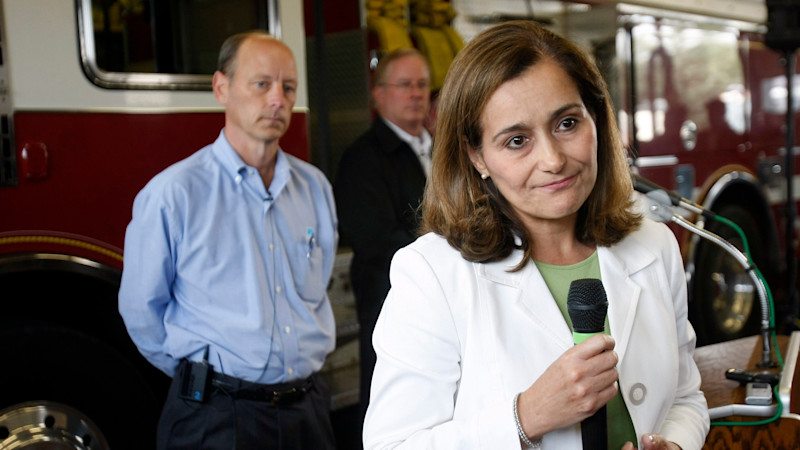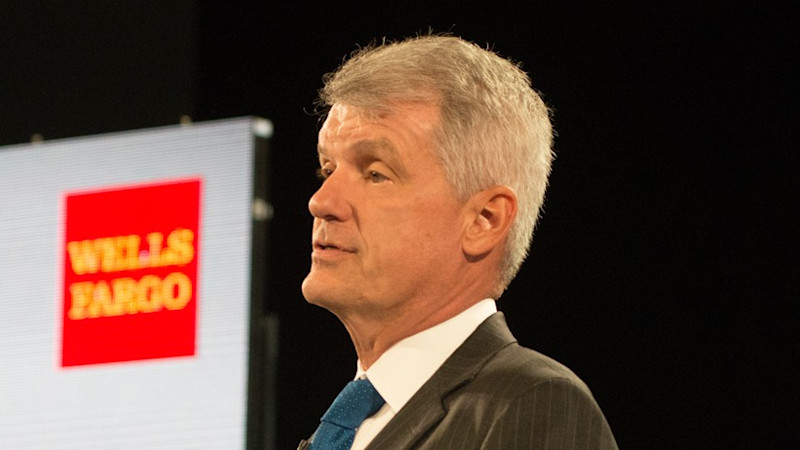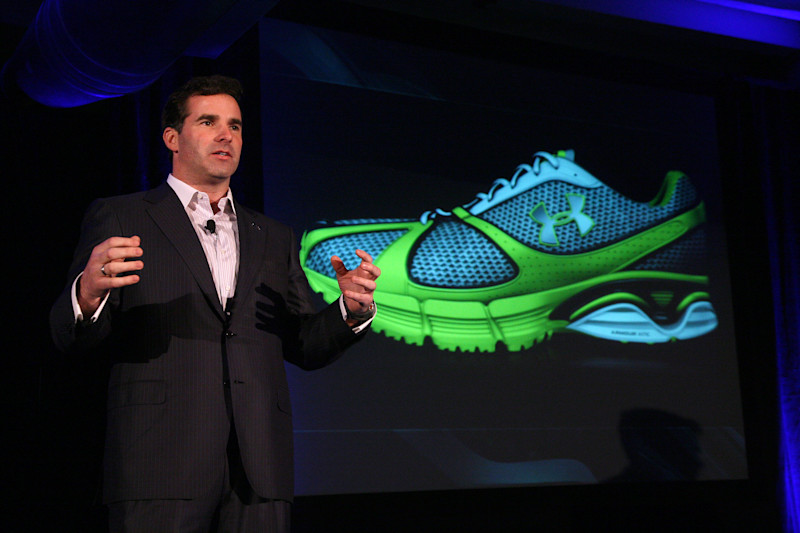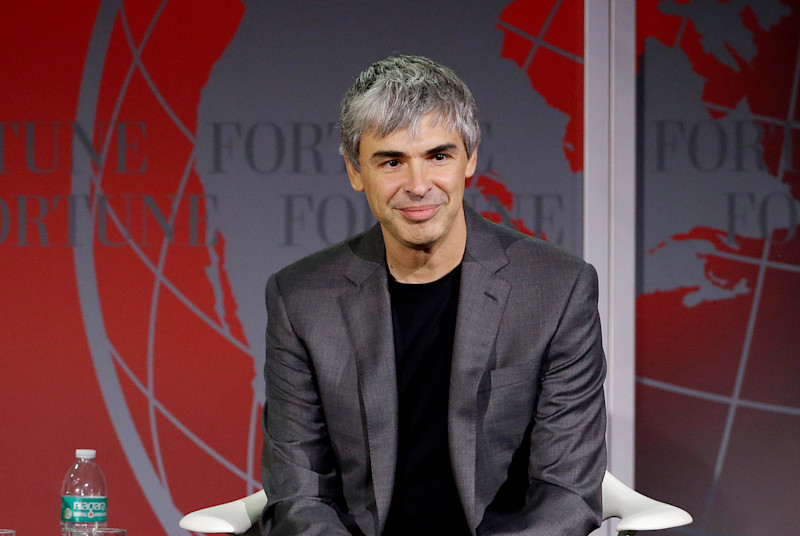- Iterate
- Meet The Team
- The 31 Most Notable CEO Departures of 2019, a Record-Breaking Year for CEO Exits
The 31 Most Notable CEO Departures of 2019, a Record-Breaking Year for CEO Exits
2019 has been referred to as the year of the great CEO exodus. Indeed, it was a record-breaking year for CEO departures with 1,640 chief executives who left U.S. companies as of year-end.

2019 has been referred to as the year of the great CEO exodus. Indeed, it was a record-breaking year for CEO departures. As of year-end, 1,640 chief executives had left U.S. companies, according to executive placement firm Challenger, Grey, and Christmas. This is greater than the number of CEOs who exited in 2008 at the start of the financial crisis, which saw 1,452 departures.
“The number of chief executives who announced their departures in 2019 was staggering,” said the firm's vice president Andrew Challenger in a report. The firm tracks CEO changes at public and private companies, as well as government agencies, that have been in business for two or more years and have more than 10 employees. While a high turnover in chief executives can be expected during economic downturns, it is noteworthy to see a record number of departures given the relatively strong economy and record stock market highs.
The following are the 31 most notable CEO exits that The Org covered in 2019 (arranged according to when the exits were announced in each of the four calendar quarters of 2019):
First Quarter of 2019
The year started off with a number of unexpected departures. One of the first was the abrupt exit in January of PG&E chief executive Geisha Williams, one of a small group of women heading a Fortune 500 company, after almost two years at the helm of California’s largest utility. Her departure was announced as the company was on the brink of bankruptcy facing billions of dollars in potential liability costs stemming from the California wildfires.

In another surprise announcement, REI chief executive Jerry Stritzke resigned in February over an undisclosed personal relationship with another outdoor-industry executive. Stritzke said in a letter to employees that he should have told the board about the relationship, and while there was no financial misconduct, his actions created a “perceived conflict of interest.”

Comscore’s revolving door of CEOs continued with the sudden departure in March of chief executive Bryan Wiener, who resigned after less than a year in the role. Wiener stepped down along with President Sarah Hofstetter citing “irreconcilable differences” with the board over how to execute the company’s strategy. Comscore brought on Wiener to turn the company around following several years of internal challenges, including a federal investigation into its accounting practices. His departure marked the third leader Comscore has lost in three years.

One of the biggest departures in the financial services sector was Timothy Sloan’s sudden exit from Wells Fargo in March after less than three years as chief executive. Sloan was tasked with repairing the beleaguered bank’s reputation, and restoring its standing with lawmakers and regulators after it acknowledged a pattern of abuses – from opening over a million bank accounts on behalf of customers without their consent to accidentally foreclosing on hundreds of homeowners to issuing home loans based on false income information.

Other notable CEO departures in the first quarter include MetLife’s Steven Kandarian, HBO’s Richard Plepler, Rite Aid’s John Standley and Warner Bros.’ Kevin Tsujihara.
Second Quarter of 2019
Activist investors, a perennial threat for CEOs in underperforming public companies, helped push out a few chief executives in 2019. Bed Bath & Beyond CEO Steven Temares had been criticized for not doing enough to pull the retailer out of its sales slump as it struggled to compete with online sellers such as Amazon. Temares stepped down with immediate effect in May under pressure from activist investors calling for his resignation and pushing for changes at the retailer.

In June, Bernardo Hees stepped down as the chief executive of Kraft Heinz after six years leading the food giant. Hees’ departure marked the biggest leadership shake-up since the merger of Kraft and Heinz in 2015, which created one of world’s largest food companies. Hees left the company after it announced a $15 billion write-down on the value of its Kraft and Oscar Mayer brands, cut its dividend by 36%, and disclosed a Securities and Exchange Commission investigation into its accounting practices. The announcement sent Kraft Heinz’s stock spiraling downwards, eliminating $16 billion off its market value in one day.

Another food company CEO who stepped down after a steep drop-off in its stock price was Blue Apron’s Brad Dickerson. He left the meal-kit delivery company in April to “pursue new opportunities” as it struggled to boost sagging sales amid a changing market where online subscriptions were shifting to retail distribution. Dickerson, who previously served as the CFO of Under Armour, was appointed Blue Apron’s CEO just months after it went public in June 2017.

Other notable CEO departures in the second quarter include Best Buy’s Hubert Joly, Symantec’s Greg Clark and UnitedHealthcare’s Steve Nelson.
Third Quarter of 2019
A number of chief executives left due to controversies ranging from scandal to corporate crisis. They include Overstock CEO Patrick Byrne, who departed in August amid controversy surrounding his claim that he was involved in a FBI political espionage investigation and had a personal relationship with convicted Russian agent Maria Butina.

Kevin Burns, CEO of the embattled e-cigarette company Juul, resigned in September in the wake of a number of vaping-related deaths and growing concerns over the safety of its product. Burns resignation came after news broke that California federal prosecutors had launched a criminal investigation into the company.

The tech sector saw the highest number of chief executive changes on record in 2019 with a 42% increase over the previous year, according to Challenger. The most high-profile exit was that of WeWork’s co-founder and CEO Adam Neumann in September. Softbank, the company’s largest shareholder, ousted Neumann after a failed IPO attempt, and amid growing concerns over his alleged conflicts of interests, profligate spending and controversial management style. Neumann was paid an exit package worth $1.7 billion to walk away from the company.

Other notable CEO departures in the third quarter include HP Inc.’s Dion Weisler, Tapestry’s Victor Luis and eBay’s Devin Wenig.
Fourth Quarter of 2019
The month of October saw the highest monthly number of CEO exits on record with 172 departures, according to Challenger. Rival sports-apparel companies, Nike and Under Armour, announced the departure of their chief executives on the same day. Both exits were not without some controversy.
Kevin Plank, the billionaire founder of Under Armour, left the company amid a federal probe of its accounting practices and previous reports by the Wall Street Journal about the company’s frat house culture and Planck’s relationship with an MSNBC anchor.

Longtime Nike CEO Mark Parker presided over the company as it weathered a number of scandals over the past few years, including most recently, the shut-down of the Nike Oregon Project in October after its renowned head coach, Alberto Salazar, was banned for 4 years from the sport of distance running for doping violations. Since relinquishing the top spot last month, both Planck and Parker have remained in their respective companies in the role of executive chairman.

In November, Gap CEO Art Peck stepped down after presiding over several years of declining sales at its flagship brand and a drop in the retailer’s stock price of more than half its value under his leadership. Peck was the latest casualty in a string of chief executive departures at major retailers, including Bed Bath & Beyond, eBay, Overstock, Best Buy and Tapestry (owner of Coach and Kate Spade).

The CEO exodus continued in December with a string of high-profile departures.
In the first week of December, three CEOs of well-known companies announced their departures: Larry Page at Google’s parent company Alphabet; Oscar Munoz at United Airlines; and Mark Okerstrom at Expedia. Page remained on Alphabet’s board, together with fellow cofounder Sergey Brin, who also stepped down as Alphabet’s president.

One of the most notable exits came at the end of December with the firing of Boeing CEO Dennis Muilenburg, who struggled to rebuild the company’s reputation and win back regulators amid the continuing fallout from two fatal crashes of its best-selling 737 Max airliner.

Other notable CEO departures in the fourth quarter include McDonald's Steve Easterbrook, T-Mobile’s John Legere, SoulCycle’s Melanie Whelan and Away’s Steph Kory (who rejoined Away in January as co-CEO).
Why are so many chief executives leaving? The reasons for a CEO’s departure aren’t always clear. Many of the exits appeared to be for reasons that have traditionally led to departures such as planned successions, poor financial performance, or conflicts with the board. However, experts say that there are a number of different factors that may explain the increase, including greater pressure from boards, the rise of activist investors pushing for change, uncertainty surrounding the economy, the need for new leadership in a rapidly changing global environment, and ethical missteps, especially in the wake of the #MeToo movement.
We can expect to see the high rate of CEO turnover continue in 2020 as the factors prompting CEO departures are only intensifying, and corporate leaders are facing heightened accountability and greater pressure from the board, shareholders, employees, regulators and the general public. In the first few weeks of 2020 alone, companies that have announced chief executive departures include IBM, LinkedIn, Credit Suisse and DuPont.


The ORG helps
you hire great
candidates
Free to use – try today